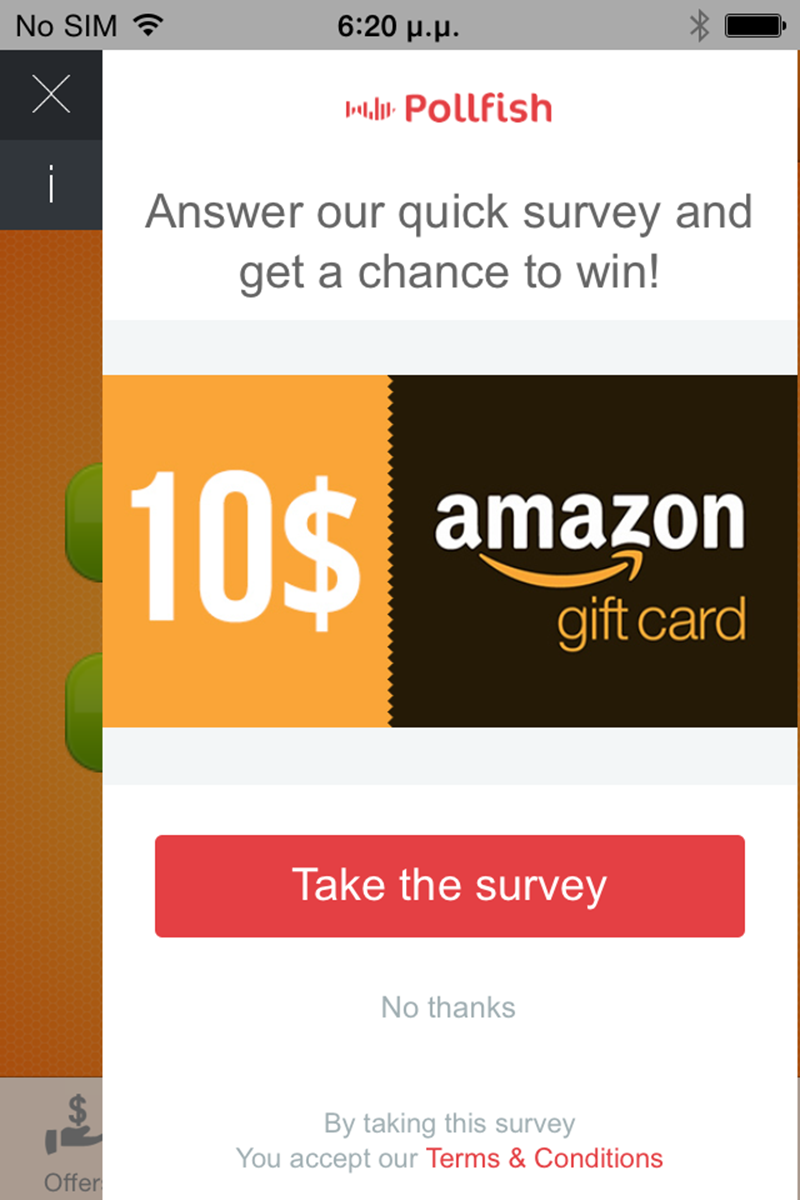Monetizing upon unpredictability and variety of rewards
The influence of unpredictability and variety of rewards can be seen in many aspects of a human’s every day life and can drive behavior towards specific actions. This technique had been deeply studied in the early 50’s and was successfully applied in video games the years that followed, proving that it can also be a great drive of monetization for mobile games or apps if properly embedded in the initial game or app’s design.
Back in early 50’s B.F. Skinner used an operant conditioning chamber (known as Skinner Box) to perform experiments and study behavior conditioning (training) by teaching a subject animal to perform certain actions (like pressing a lever) in response to specific stimuli, such as a light or sound signal in exchange for a reward (food, stop the sound signal etc.). These experiments showed that subject animals that were receiving each time the same reward (for example the exact same food) were initially excited repeating the same action many times, however as time was passing this behavior was becoming saturated and subject animals would press the leaver to receive food only when hungry. On the other side, subject animals that were receiving a variety of rewards like different size or type of food kept pressing the lever like crazy in the anticipation on what would be the next reward.

If we study this experiment carefully we will see that it also appears in many cases of a human’s life and the consequent reactions that follow have to do with the problem solving nature of human in a similar reaction that subject animals had in the aforementioned experiment. People, when faced with an unpredictable positive feedback on an action like a reward, instinct tells them to do that action again. Once an action ends up to a predicted result, it is not fascinating any more and is just another action or tool available in the surrounding environment.
Research has shown that anticipation that occurs on the unpredictability and variety of rewards raises dopamine, a neurotransmitter chemical that is responsible for transmitting signals in between the nerve cells of the brain and can drive behavior. Dopamine raise, is associated with pleasure, desire and habit and can be found in different rewarding behaviors that people usually do like eating, bragging and others. Recent study has shown that scientists were able to navigate rats by raising their reward feelings with electrodes on their brain fired by external radio signals. All these studies proved that usage of such techniques can affect the way people make choices and resulted to an extensive application of similar methodologies in the design of video games, mobile apps or business in order to increase addiction, engagement and eventually profits by driving user behavior.
But how are all these applied in the real world? Let’s see some examples to understand better on how these techniques are applied on products, games, apps or services and how they can affect and change user behavior.
Commercial Products – The egg surprise & the blind box service

You can see several applications of unpredictability and variety of rewards and the impact they can have on humans in several commercial products that exist out there. A great example is the Kinder egg surprise where kids tend to prefer taking a chocolate egg that contains a variable small toy over the plain Kinder chocolate bars. This preference is based on the anticipation on what they could find inside the egg. After opening their chocolate egg and even before eating it, kids always look for another egg because they are wondering on what other toy they could find.
Another great example, is monthly blind boxes that you can get by subscription. There are plenty of models out there including local food flavors packed in a box, dinosaur toys, historic monuments miniatures, coins etc. The majority of the subscribers most probably would never pay to buy these staff if they knew upfront what they would get, however the anticipation of the unknown gift makes them pay the subscription and wait with excitement until the date that the box arrives!
Video Games – An early adaptor!

You may think that variety of rewards has recently appeared in games design world, but as you may see Nintendo title Doki Doki Panic, the Japanese ancestor of Super Mario Bros II, back in 1987 included a “Bonus Chance” screen where users were able to visit and win a random gift on the press of a button. Visit on the Bonus Page was one of the main things people were seeking in the game. Since then, a variety of reward techniques and mechanisms have been extensively used in video games and were eventually transferred on mobile apps.
Slot machine games – Maybe you win on the the next spin
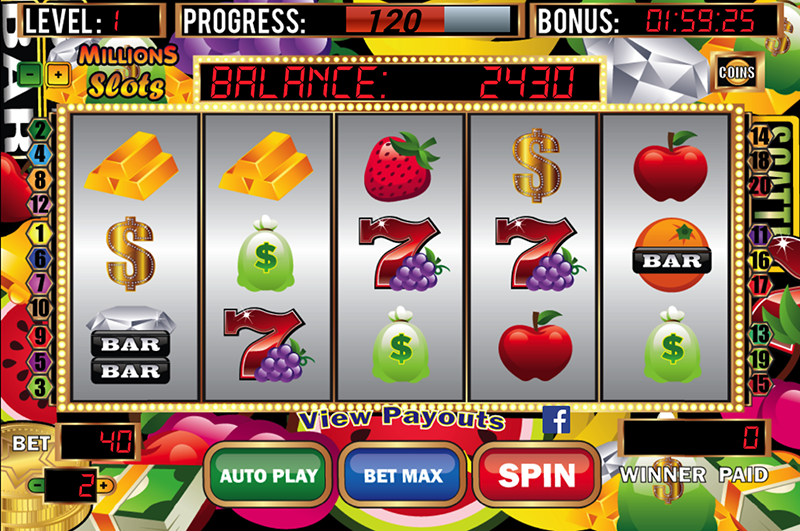
Have you ever considered why people spend so many hours and money on slot machines? When playing at a slot machine you may win, but most probably you will lose! You may have seen others win or you may have won yourself in the past, but you never know when will that happen again. You always anticipate that it will be the next time and you keep playing. Most of the times, win is so close and you are just one joker away, something that drives you crazy and keeps you playing and spending more and more money in the game. If you could win each time you were playing, you would get bored. However the anticipation of a reward that is unknown each time you pull the handle, is what drives you keep playing. It is irrational, but if you go out there and ask 100 people if they would prefer to work on an eight hour job and have a fixed salary of $200 per day rather than playing in a casino, game console or mobile app, a slot machine game for eight hours and having the chance to win $200, lots of people would choose the latter. Proving that point, casino category that includes slot machine apps is one of the most popular categories on mobile app stores today.
Tinder – who will be your next match?
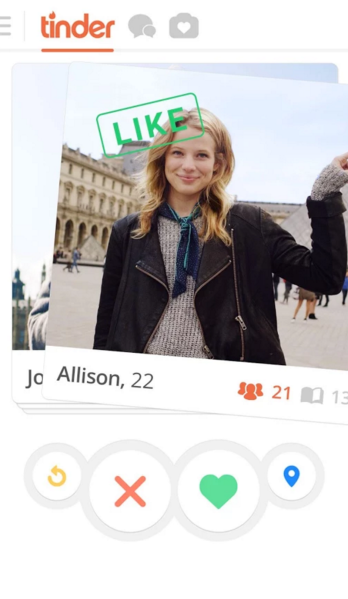
Tinder’s approach is a very good example on how Skinner’s Box design can be implemented in an app. People use Tinder with the hope of finding a date, a new friend or even more (a real life reward). With every swipe, a new appealing (or not) person shows up that challenges the user to take an action, like or dislike. That could be the start of something..or not! So users keep logging back to the app obsessively, swiping left or right in order to see who they will see next, with the anticipation of finally finding the perfect match!
Uber – the unpredictable surprises
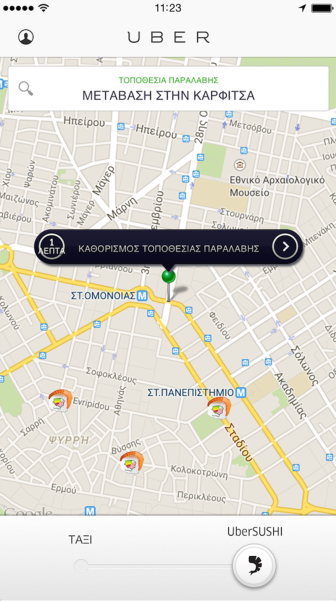
Uber is a company that uses unpredictability of rewards as part of its PR campaigns. Once every while when you open the Uber app you may face a surprise which is usually the availability of an unexpected service like free delivery of a sushi meal at your premises, a bottle of wine or even a free ride. This approach is exciting and pleasing for the users, that usually never know when and what to expect. Having that said and based on the anticipation of finding or missing something cool, users do visit the app once in a while just to check if anything is out there.
Social Media – the like effect

Looking for acknowledgment through social networks is something perceived as a reward or achievement by our brain and drives satisfaction! This perception is one of the main reasons that big social networks have grown and thrived in our days. Have you ever considered why you obsessively check your facebook, instagram or twitter account to see if you have any new message or number of likes at your recent photo or post? We have all been there.. Unpredictability of how many likes and by whom you will receive them, drives you to keep logging back to your favorite social network and checking for new updates again and again. If you knew that you would receive 80 likes for example from specific friends, would you be keep checking your account every once in while?
The respondent case – What will be next?
Another great example on how users react to an unpredicted reward or action, is what was observed on the participation of users in surveys in order to win variable gifts, on Pollfish survey platform. Pollfish is a platform that renders surveys through mobile apps in a similar concept with mobile ads. With Pollfish solution users are initially prompted with a small red indicator while using an app or game. Most of the users are not aware of what will happen if they press that indicator and usually are reluctant to take an action. Once they press it though, they realize that they can win a variable gift by participating to a survey. Users then decide to complete surveys in order to win that gift, while others take the survey out of curiosity in order to see what they would be asked or what other people said in that survey (unpredictability exists in all steps of the process). Participation statistics on consequent surveys on the same users, showed that users behavior changed in comparison with the first time experience and resulted in constantly clicking on new surveys when arriving, in order to check what would the new reward be and/or what would the new surveys be about.
Daily rewards: The wheel of fortune
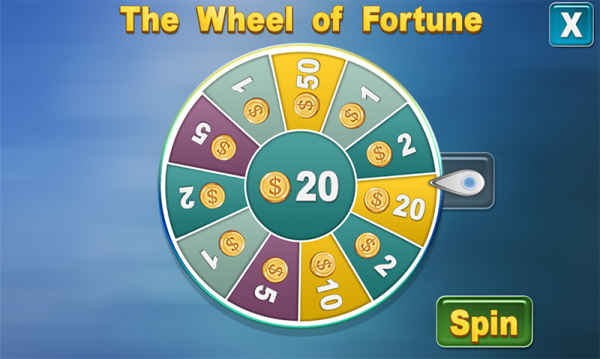
Another approach followed by several app developers, is giving the option to their app’s users (as an “extra feature” irrelevant to the game concept) to play on a “wheel of fortune” in order to get a not fixed price, usually virtual coins. This wheel is implemented in the concept of daily rewards and is not always available to the users, in order to drive user obsession for more gifts and increase re-engagement to the app. Some of the times, it is not clearly defined on what would the price be of a specific slot and user has the chance to win something big or small, that is unknown. The wheel approach is a better alternative to classic daily reward system approach that lots of small apps follow today, by prompting their users to visit every day their app in order to earn a fixed standard credit.
Collecting a Mystery Box
Following up the wheel of fortune approach, a similar concept is including of what is called “mystery boxes” within an app that delivers non predefined prizes; and users can collect, find or visit within the app. This is a great approach for driving addiction and engagement on the users of an app. A good example of this technique can be seen in Subway Surfers app where users are able to collect several Mystery Boxes and win a variety of prizes. As you may see in the video above the user challenges himself on how many boxes he can collect and explore what prizes they are hiding inside them.
Blind spending
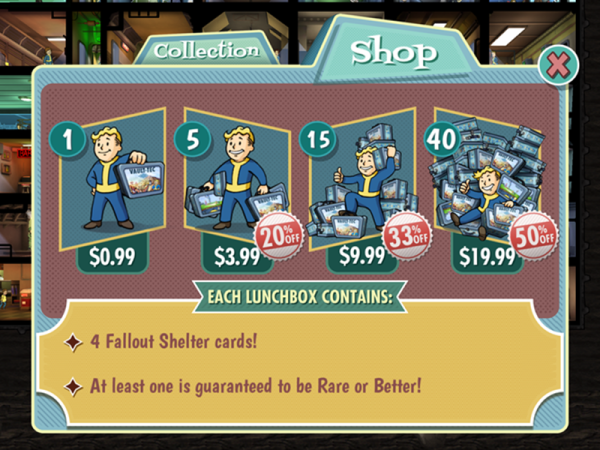
In Fallout Shelter users are able only to buy one thing within the game, of what is called “launch boxes,” which includes a variety of game related resources. However, users are not aware upfront on what they are actually buying. Even if the concept of constraining in-app purchases options and building them around unpredictability sounds irrational, this title reached top grossing apps both on Google Play and AppStore!
To conclude, applying unpredictability and variety of rewards in mobile games and apps, is a great technique for rising monetization opportunities and driving revenue. Examples above demonstrated possible usages and how user behavior can be driven in order to affect the way people make choices within a game or mobile app. This monetization technique can be a great tool for a mobile app publishers and should be properly designed and embedded in an app’s design in order to be effective and convert to the desired results.
Do you want to distribute your survey? Pollfish offers you access to millions of targeted consumers to get survey responses from $1 per complete. Launch your survey today.
Global GSK Shingles Survey Insights
Original Insights,The Pollfish Blog
February 24, 2024
Shingles misconceptions: new global survey commissioned and funded by GSK highlights widespread…
B2B Sales Emails: Are they Effective or a Nuisance?
Original Insights,The Pollfish Blog
September 6, 2022
Are B2B sales emails a thorn in your side? Do they drive you crazy? Virtually all white-collar…

